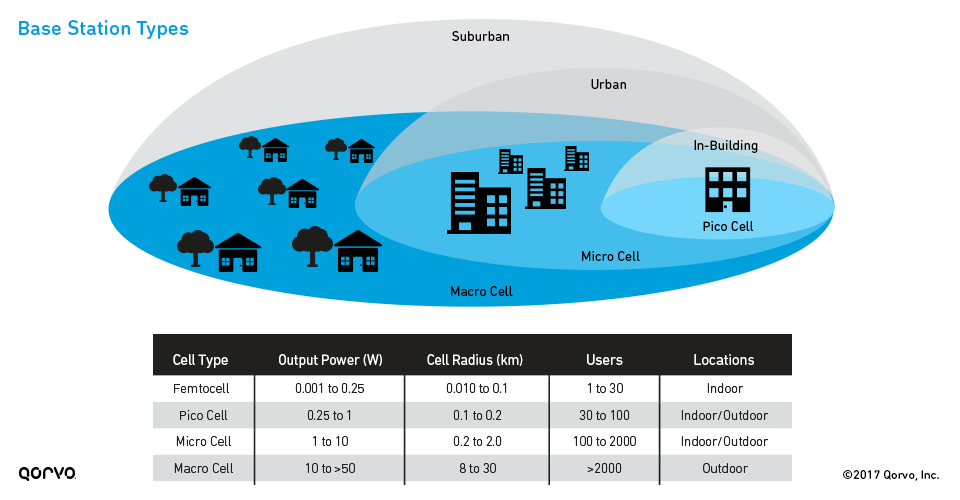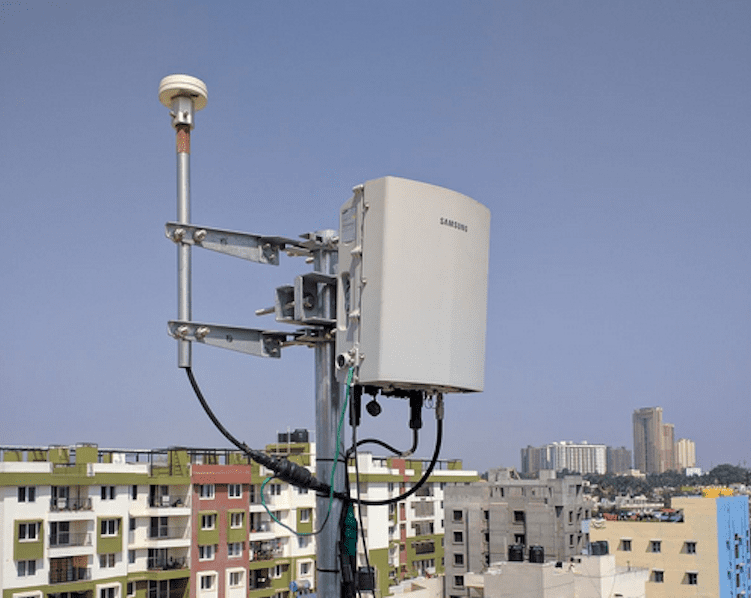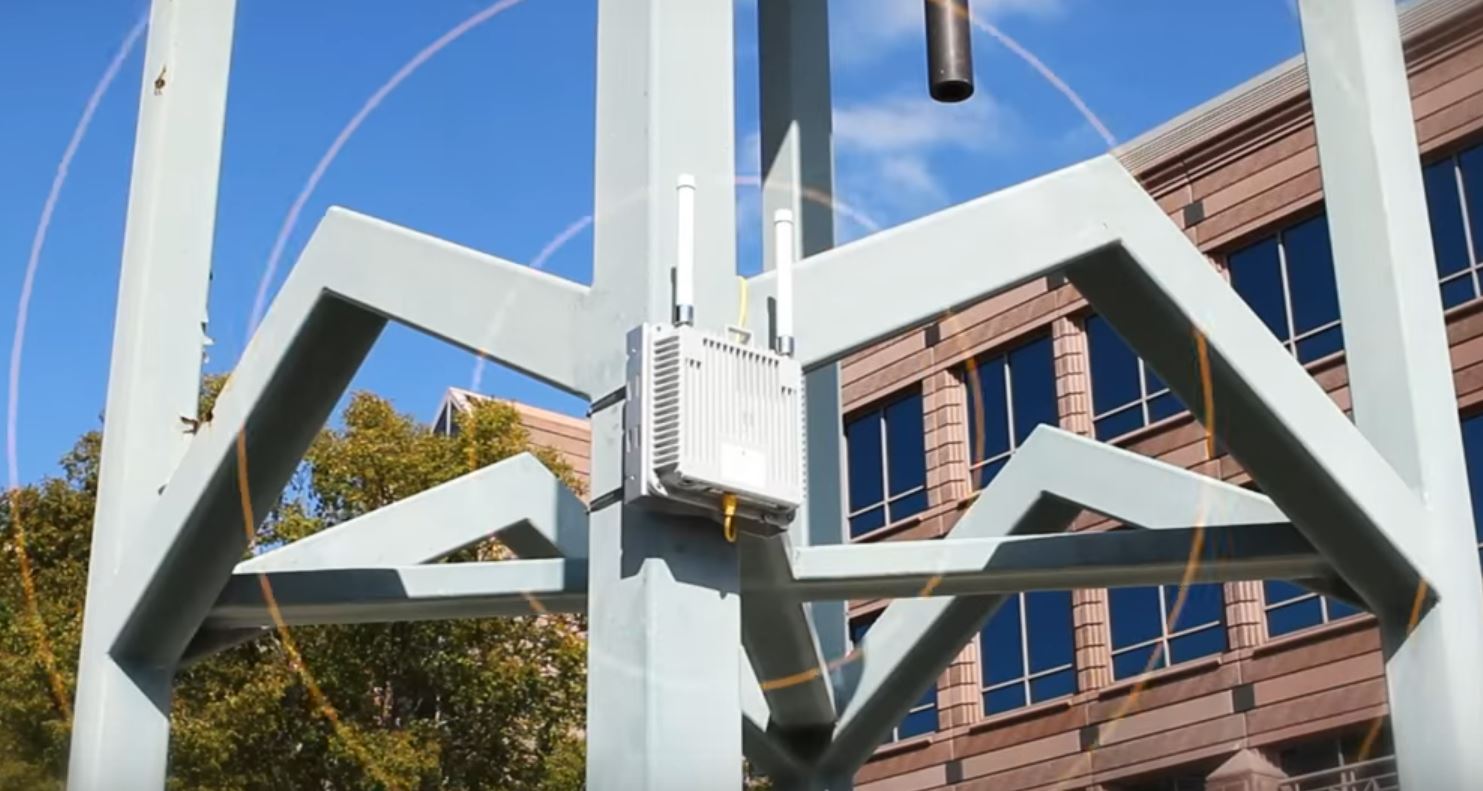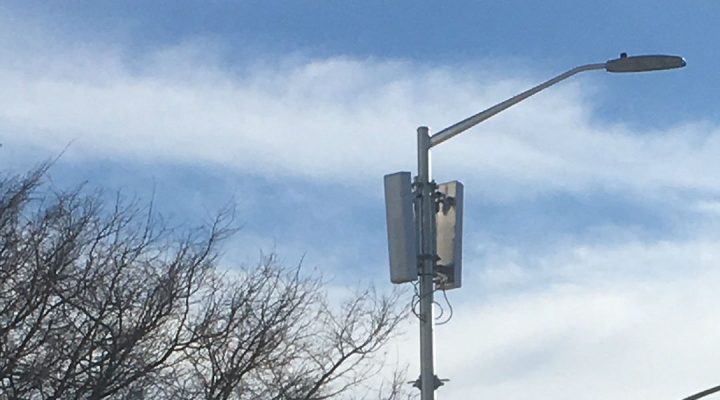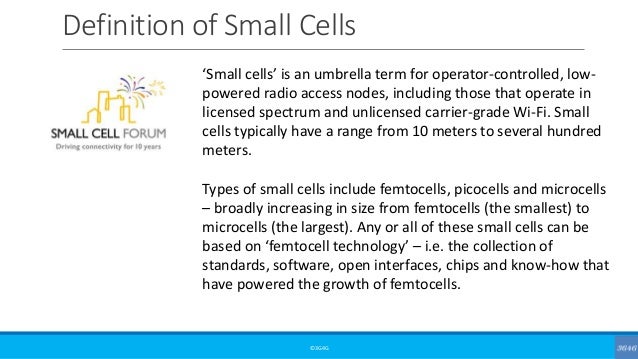Small Cell Telecom Definition

They will be increasingly important in the deployment of 5g mmwave networks because of the very short propagation distances which require many small cells for adequate coverage in a given geographical area.
Small cell telecom definition. Revises telecommunications siting law. Hjr 13 passed house 2 25 19. In telecommunications 5g is the fifth generation technology standard for broadband cellular networks which cellular phone companies began deploying worldwide in 2019 and is the planned successor to the 4g networks which provide connectivity to most current cellphones. Small cell is an overarching term for wireless network base stations with a low radio frequency power output footprint and range.
Lb 184 signed by governor 5 17 19. Erratum fcc facilitates wireless infrastructure deployment for 5g. Recent fcc orders have provided size and elevation guidelines to help more clearly define small cell equipment they are small compared to a mobile macrocell partly because they have a shorter range and partly because they typically. Indoor applications are obvious and plentiful.
The definition of small cells sets tight limits in terms of size at a maximum 30 litres if visible to the public as well as the power of those installations to keep them well below maximum. Small cell content. Restricts the siting of small cell network equipment near schools. Small cells are ideal for use in places where macro antennas can t reach.
Small cells are low powered cellular radio access nodes that operate in licensed and unlicensed spectrum that have a range of 10 meters to a few kilometers. The name derives from the equipment s physical size as small cells are about the measurements of a pizza box and can be placed on structures such as lampposts sides of buildings or poles. Like its predecessors 5g networks are cellular networks in which the service area is divided into small geographical areas. O rielly statement fcc facilitates wireless infrastructure deployment for 5g.
Small cells promise a cost effective solution for filling coverage gaps increasing bandwidth and getting the networks ready for 5g without the need to build more expensive macro sites. Small cells are increasingly used to boost network densification and expand coverage for both private and public networks. Urges congress to amend the federal telecommunications act to account for health effects of siting small cell network equipment in residential areas.

